Reggio Emilia has always been committed to the social life. In here, it was held the longest Italian occupation of a factory, it’s the land of cooperatives and one in five of its citizens is involved in volunteering. It is also a city devoted to culture, food and entertainment. Here’s a guide to fully enjoy the city during the festival.

Living
the festival
The Essential Guide of Reggio Emilia
History, tips and useful information to fully enjoy the city
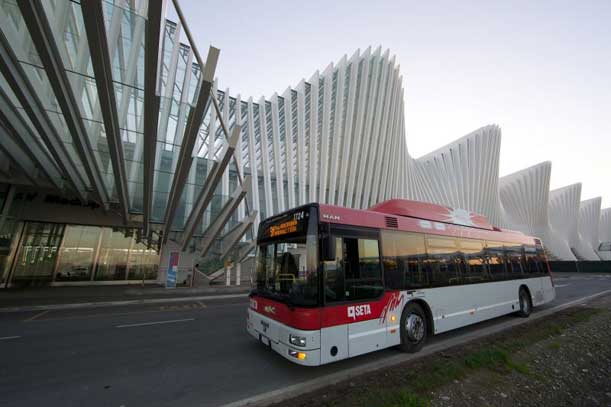
In Reggio Emilia:
By car: if you arrive to Reggio Emilia by car you must take the highway A1 and exit Reggio Emilia. Once in the city, you can park in several large parking lots:A) Caserma Zucchi, entrance from Viale Timavo (downtown area). Toll parking. B) Piazzale Marconi, Central Station (downtown area). Bike rental service Bicittà is active. Toll parking.C) Gasometro, entrance from Via Pansa (downtown area). Toll parking. D) Ex Polveriera, entrance from…
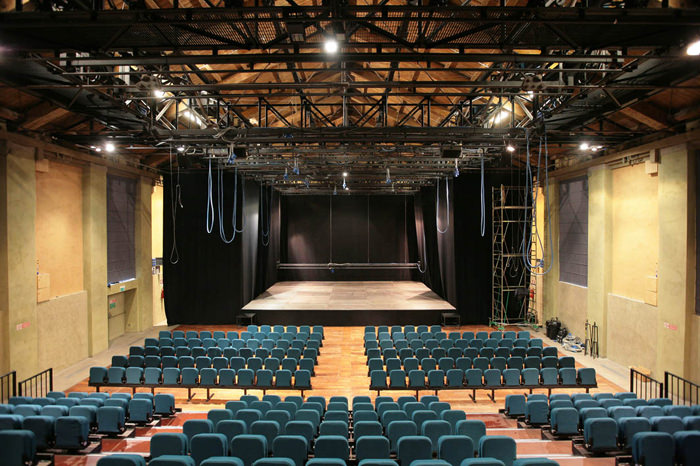
Cavallerizza (Auditorium Cesare Zavattini)
Auditorium
The auditorium Cesare Zavattini is a place cherished by Reggio Emilia people who, not by chance, call it "La Cavallerizza" (the riding). Until the Second World War it was indeed a horse farm neighboring the Caserma Zucchi (now headquarters of Modena and Reggio Emilia University) which only in 1994, completed the restoration works, was converted in a theater. Its heterogeneous…
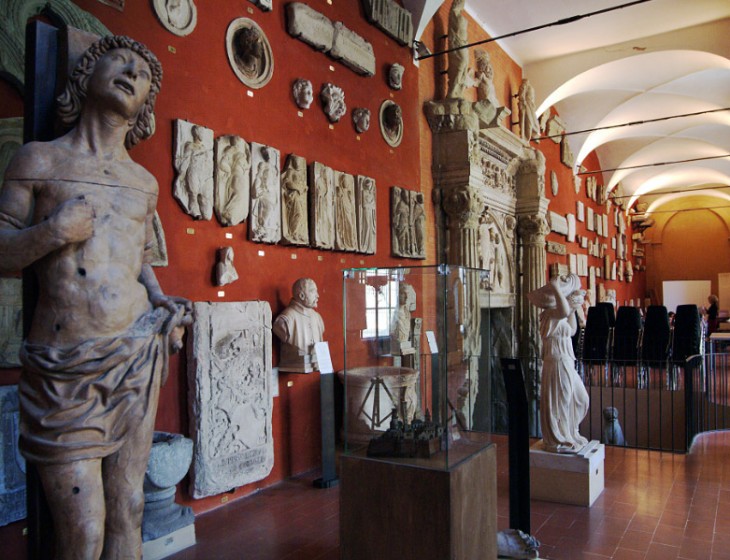
Musei Civici (Civic Museums)
Museum of museums
Reggio Emilia Museums are a museum of museums. In fact, besides the important collections hosted, they tell with their own forms, with their different settings, the history, the evolution and change of taste in terms of exhibition, art and history.The Spallanzani Museum of Natural History is still as its creator design it in 1799, full of exotic objects, freaks of…
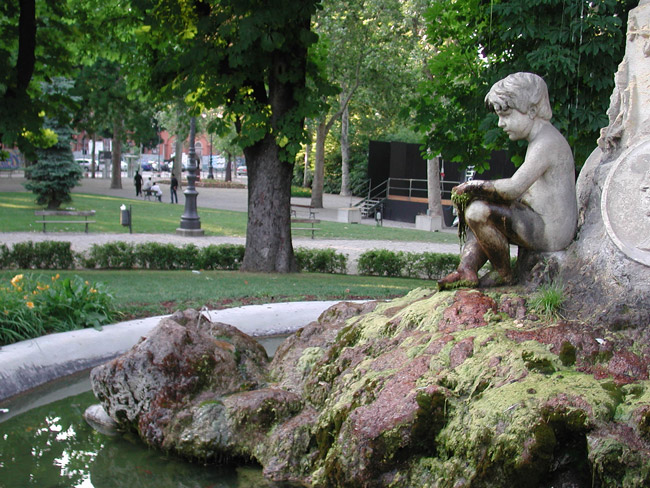
Parco del Popolo
Heart of the city
A central park, heart of the city, that housed the fourteenth century military citadel and which in 1848 was demolished to make way for a racetrack! The ring shape allowed in fact the conduct of horse racing (very popular in the nineteenth century). The racecourse was then moved, such as sports competitions that were held there, and the park became…
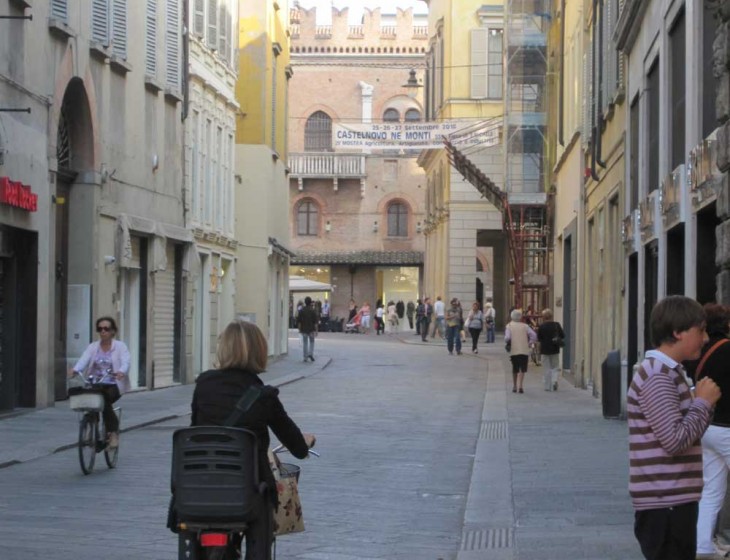
2 days in Reggio Emilia
What you should visit in order to say that you’ve captured the essence of the city?
First of all it is crucial to take a trip around the squares in order to find your way in the city and understand sizes, distances and lifestyles.Starting from Piazza della Vittoria you can see the historical Teatro Municipale dedicated to Romolo Valli. The theater was inaugurated in 1856 and it is one of the most complete expression of Emilian…
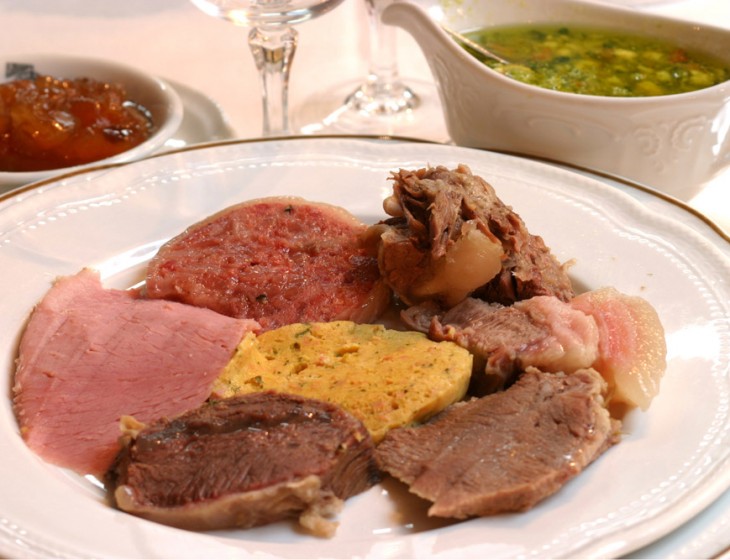
What and where to eat
Exploring Emilian Cuisine
What to eat?The spirit of a place dwells and prospers in all aspects of the culture it belongs to. Since Emilian culture has put the basis of its logic in a good nourishing meal, it becomes essential to pass through its cuisine to better understand the territory and the sense of everyday life.Bakery productsReggio Emilia people do not live on…
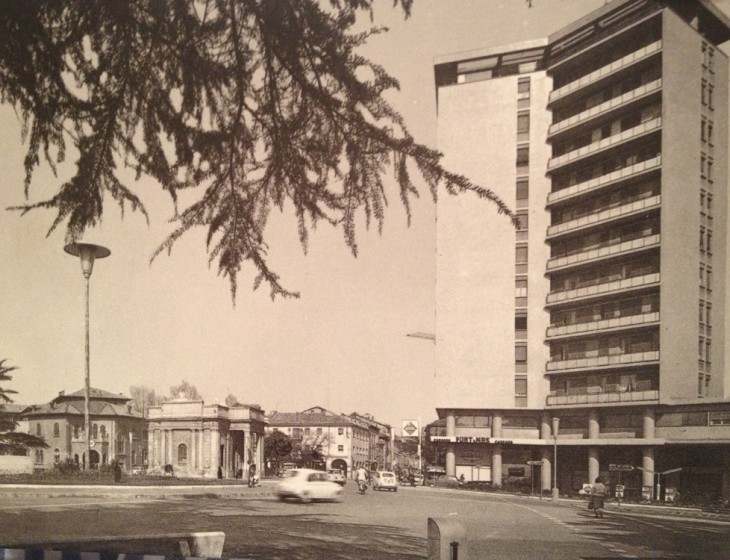
A brief history of Reggio Emilia
It is said that people of Reggio Emilia are “squareheads”.
It is said that people of Reggio Emilia are “teste quadre” (squareheads). This was confirmed by the poet Alessandro Tassoni who, in 1614, with his mock-heroic epic poem “La Secchia Rapita” (The Stolen Bucket), makes this shape coming directly from Jupiter, who would have definitively changed Reggio Emilia people’s appearance by slapping them after fleeing from a defeat with Modena.To…
Your browser is out-of-date!
Update your browser to view this website correctly.Update my browser now